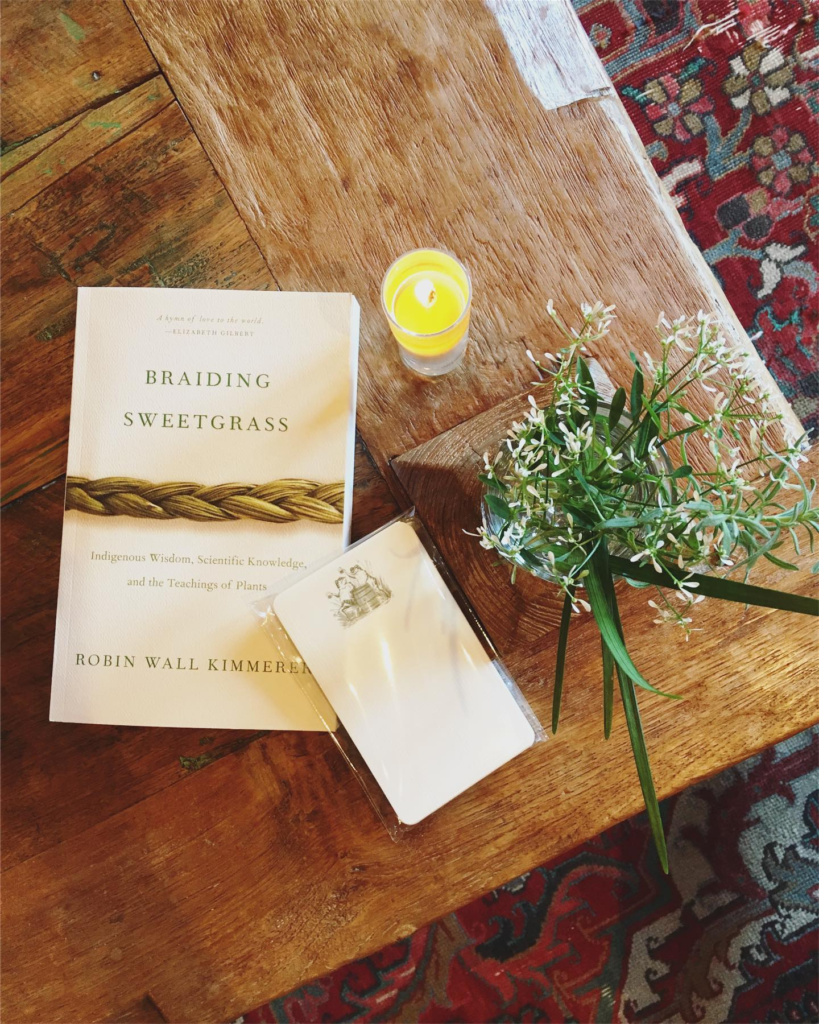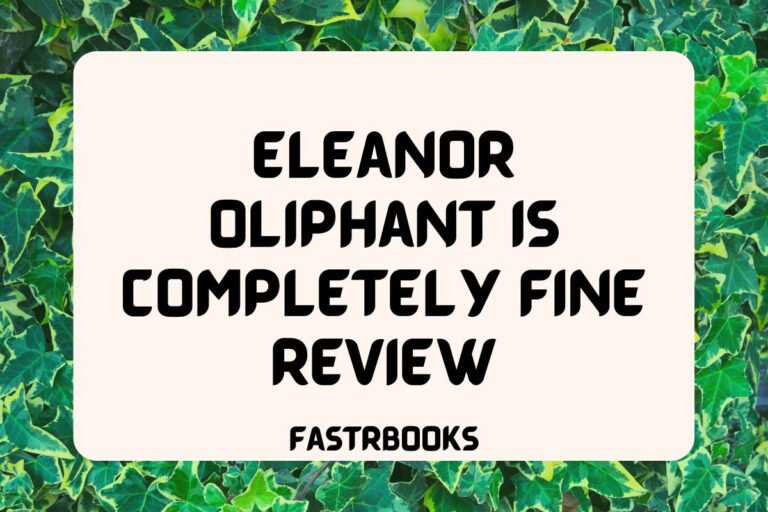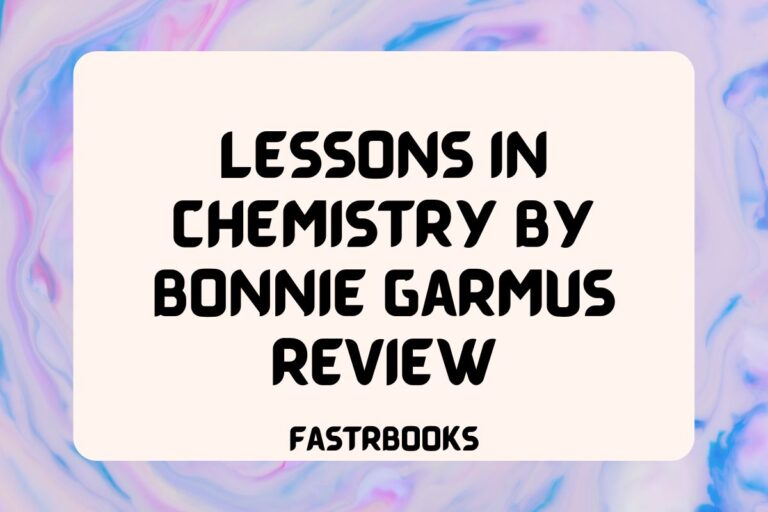Braiding Sweetgrass by Robin Wall Kimmerer Review

Hey there, folks!
Today, I’m diving into my review of “Braiding Sweetgrass” by Robin Wall Kimmerer, a book that’s been making waves inside my mind ever.
So, let’s jump right in.
Summary

In “Braiding Sweetgrass,” Robin Wall Kimmerer, a Potawatomi botanist, blends her scientific knowledge with her indigenous heritage to explore the relationship between humanity and the natural world.
Kimmerer argues that traditional Western scientific methods often overlook the inherent wisdom and knowledge held by indigenous cultures. She brings together personal anecdotes, scientific research, and traditional ecological knowledge to demonstrate how plants and animals can be seen as “teachers” offering valuable lessons about reciprocity, sustainability, and responsibility towards the environment.
The book delves into various topics such as the importance of sustainable agricultural practices, the significance of reciprocity in our relationship with nature, and the cultural and ecological value of specific plants like sweetgrass. Through her writing, Kimmerer encourages readers to appreciate the interconnectedness of all living things and adopt a more respectful and sustainable approach towards the planet.
My Review
Now, let me start by saying, this book?
It’s something else. Seriously, it’s one of those rare gems that leaves you speechless.
The summary barely scratches the surface, but trust me, it’s a journey you want to embark on.
Robin Wall Kimmerer, a botanist and member of the Citizen Potawatomi Nation, combines science and indigenous wisdom like no other.
She invites us into a world where plants and animals are our oldest teachers, where every living being offers gifts and lessons if only we’re willing to listen.
The writing style?
Absolutely breathtaking.
Kimmerer’s words paint a picture so vivid, it’s like you’re right there with her. And let me tell you, her perspective, rooted in indigenous language and worldview, it’s a game-changer.
But it’s not all sunshine and rainbows. Kimmerer’s narrative is tinged with sadness, a reminder of the atrocities inflicted upon indigenous peoples. Reading about the stripping of her family’s heritage?
It hits hard, it hits deep.
Yet, amidst the pain, there’s hope.
Hope in the awakening of ecological consciousness, in the celebration of our reciprocal relationship with the Earth.
This book challenges your thinking, expands your worldview, all while remaining accessible and approachable.
I listened to the audiobook narrated by Kimmerer herself, and let me tell you, it’s a treat. Her voice adds another layer of authenticity, especially with those tricky pronunciations.
Now, one of the reasons I was drawn to this book? My struggle with connecting to the land I live on.
As a non-indigenous person practicing a nature-based spirituality, it’s been a journey.
But “Braiding Sweetgrass” offers guidance, urging us to become indigenous to place, to care for the land as if our lives depend on it.
And let me tell you about the Thanksgiving Address, my absolute favorite chapter.
It’s like a daily dose of wisdom, a reminder of our interconnectedness with the Earth.
This book?
It’s a memoir, a love letter to the planet, a call to action.
Kimmerer shares her experiences, her lessons, her hopes for the future. And let me tell you, it’s a must-read for anyone looking to deepen their connection to nature.
But what struck me the most?
Kimmerer’s take on sustainability.
None of that greenwashing nonsense. No, she lays it out plain and simple: consume at the same rate you give back. It’s all about reciprocity, about understanding the language of the Earth.
And speaking of the future, this book gives me hope. Hope that there are people out there, like Kimmerer, who have the knowledge and the passion to make a difference. As someone more inclined to the creative side, it’s reassuring to know that there are folks out there bridging the gap between science and spirituality.
So, in conclusion, read this book.
Seriously, it’s a game-changer.
It challenges, it inspires, it leaves you in awe of the world around you.
If everyone read this book, we’d be in a much better place.
A solid 5 stars from my side.






